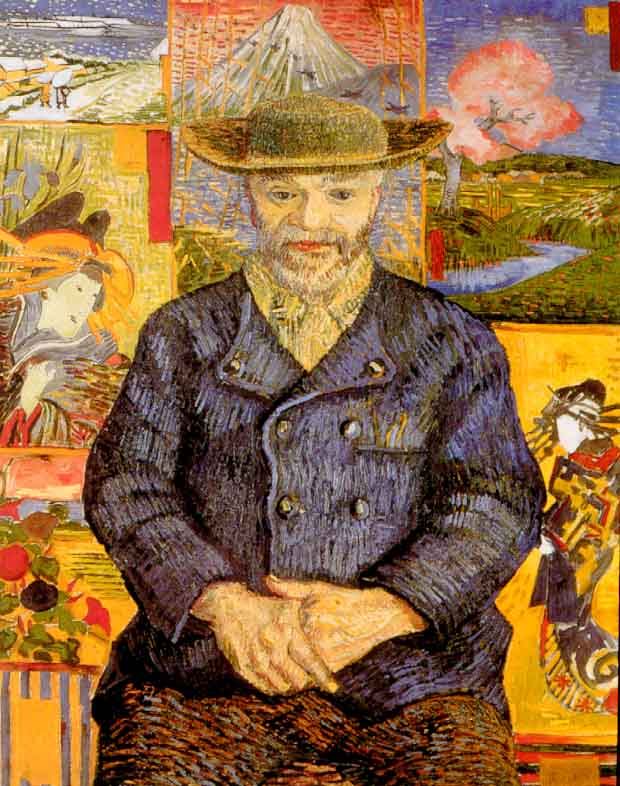On the subject of sketches and other forms of preparatory work, Francis Bacon was adamant. He had little talent and even less inclination for drawing, he said. What happened on the canvas was the only thing that mattered to him. He thought of painting as a rather mysterious process which was liable to be ruined by too much premeditation. Bacon believed that his most arresting pictures were those in which he had responded to “accidental” marks in a work-in-progress and gone on to create something unexpected from them.
The most celebrated (and best remunerated) British painter of the twentieth century explained all this and more in a series of now classic interviews with the critic and dealer David Sylvester, conducted in the 1960s and 1970s:
“The hopelessness in one’s working will make one take paint and just do almost anything to get out of the formula of making a kind of illustrative image - I mean, I just wipe it all over with a rag or use a brush or rub it with something or anything or throw turpentine and paint and everything else onto the thing to try to break the willed articulation of the image, so that the image will grow, as it were, spontaneously and within its own structure, and not my structure. Afterwards, your sense of what you want comes into play, so that you begin to work on the hazard that has been left to you on the canvas. And out of all that, possibly, a more organic image arises than if it was a willed image.”
So there it was: the painter of screaming popes, deformed children, copulating men, prowling monkeys, people with faces like open wounds and an inverted crucifixion designed to make Christ resemble “a worm crawling down the cross”, did not...


